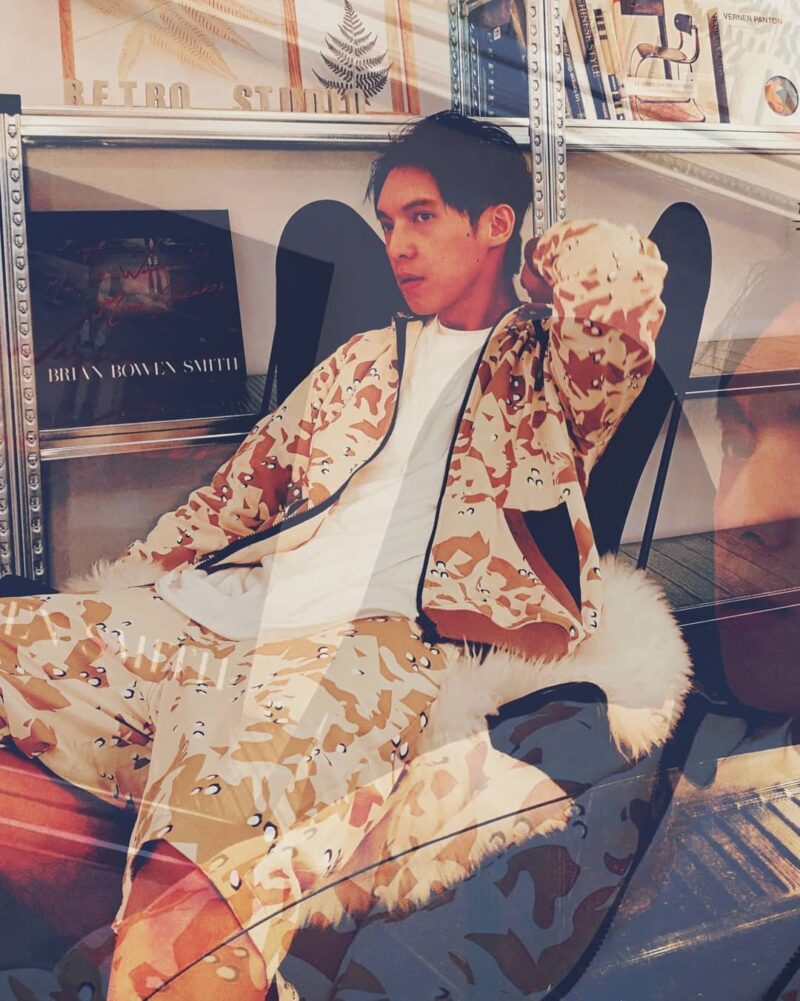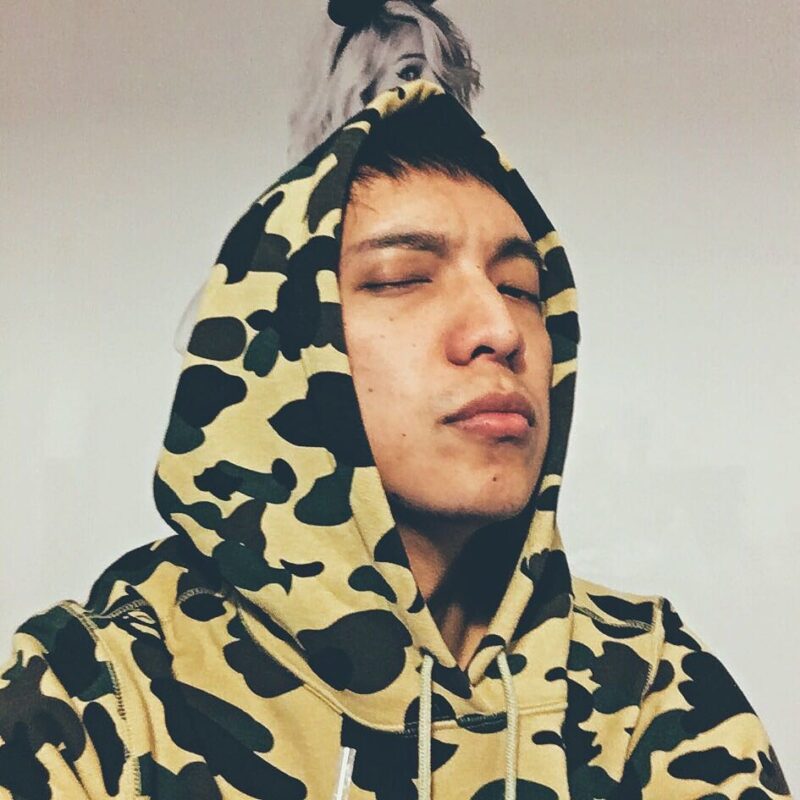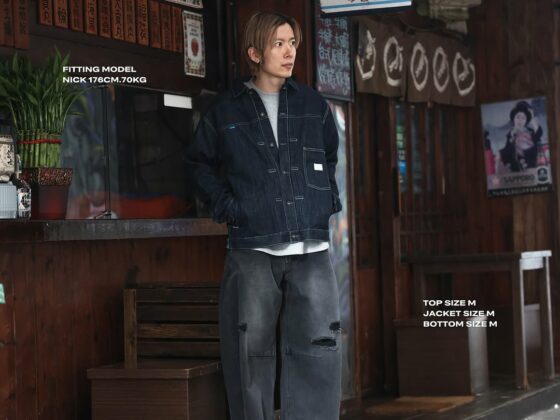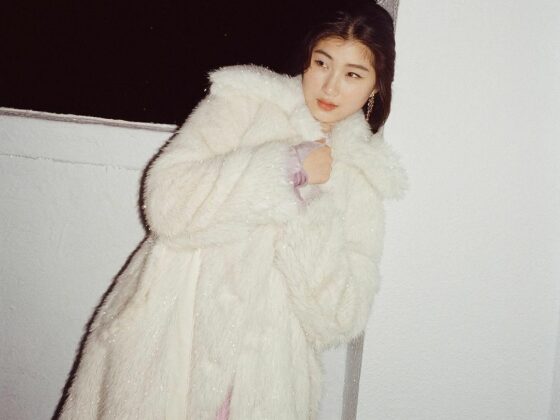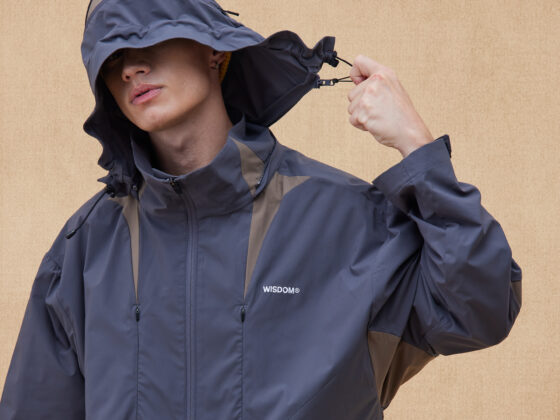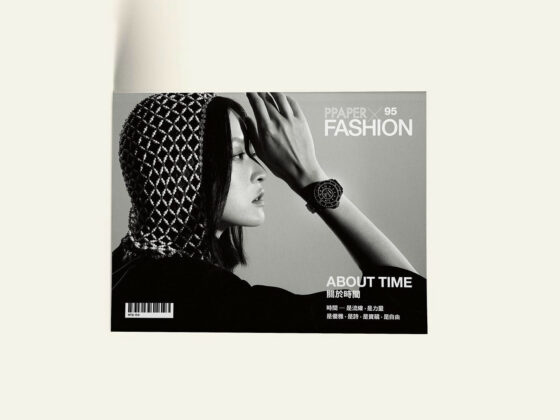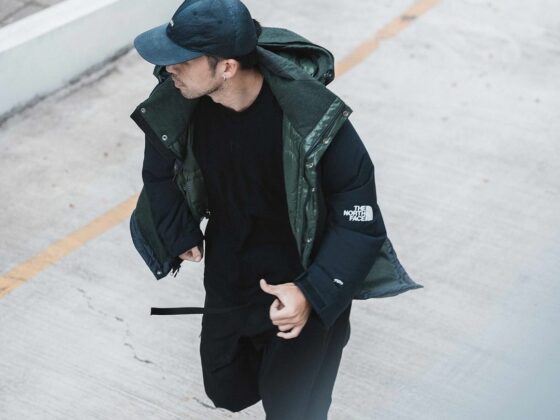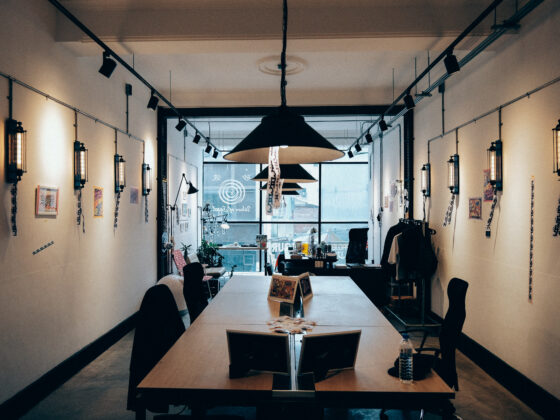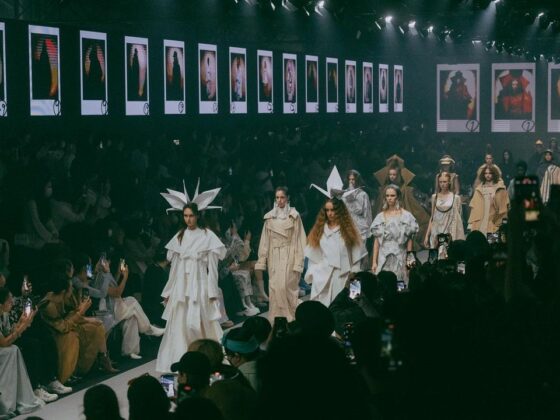Nana: Fashion has infinite possibilities, and new power is born from it. As a carrier of culture and times, fashion encompasses everything. From trendy to traditional culture, from celebrities, idols to everyone’s daily life, and from West to East, it is our discourse, our power, our time. Through Asian Voice, we hope to spread the local Asian fashion culture to the world by moving cross languages and borders.
In this edition of ASIAN VOICE, we have the pleasure of welcoming Lin, the founder of OVERDOPE, a street culture media outlet from Taiwan. Back in 2008, during the global streetwear boom, Taiwan lacked an appropriate platform to introduce the latest trends and stories from the streetwear world. It was then that Lin decided to launch OVERDOPE, with the aim of delivering street culture-related news to the readers in Taiwan. Not only does OVERDOPE provide its readers with fresh and bright ideas, but it also delves deep into the brands and trends it features, uncovering untold behind-the-scenes stories of familiar brands.
In this issue, ASIAN VOICE takes a deep dive into the media value of OVERDOPE and examines how social media has influenced the fashion industry and impacted Taiwanese fashion culture and consumer characteristics.

What inspired you to start OVERDOPE in Taiwan initially?
Lin: In 2008, we embarked on our journey. At that time, Taiwan was lacking in street culture. But this urban trend was experiencing a boom worldwide, but in Taiwan, there was a dearth of media platforms to connect the local audience with street culture news. That’s why I started OVERDOPE and aim to deliver captivating street culture-related updates to our readership.
The declaration of OVERDOPE, “We are the only ones seriously reporting on trends,” embodies what kind of media values?
Lin: In the US, mainstream media, including fashion outlets, often focus on reporting trending topics such as the latest releases from various brands. However, our approach is different. We aim to shed light on the lesser-known aspects of brands, like UNIQLO, for instance. While many are aware of their seasonal releases, very few pay attention to their interior design and window displays, which are actually curated by talented designers.
We believe in providing our readership with a deeper understanding of the brands we feature, going beyond just the clothing. We share the stories of the designers and the intricate details of the interior settings, allowing people to feel a stronger sense of connection to the brands they love. This commitment to delving deeper into the world of different brands is what sets us apart, and we believe it helps our audience form a more meaningful relationship with the brands they follow.
OVERDOPE covers multiple domains, not just limited to clothing and appearance, but also related to sports, technology, food, and more. It caters to readers’ interests and needs across various fields, offering a platform for a comprehensive understanding and experience of fashion culture. Through OVERDOPE, what kind of reading space do you hope to create for readers?
Lin: In today’s social media era, obtaining information about sports, general knowledge, and various other news categories has become more challenging due to the complexities of algorithms within different social media platforms. Unlike 10 to 15 years ago when people relied on specific websites to access information, nowadays, social media has taken over as the primary source of news consumption. However, these platforms use algorithms to tailor content to the preferences of the mass audience, making it harder for users to explore diverse and niche topics.
In such cases, it becomes even more crucial to bring out relevant information beyond what the algorithms offer. We believe in curating content that caters to our readers’ interests, whether it’s about sports or any other category. By doing so, we aim to bridge the gap left by mainstream social media and offer in-depth knowledge to those seeking it.
From a media standpoint, it’s evident that we must remain attentive to the need for creating content that appeals to the mass audience. It’s essential to recognize the diverse interests and preferences of our viewers and readers.
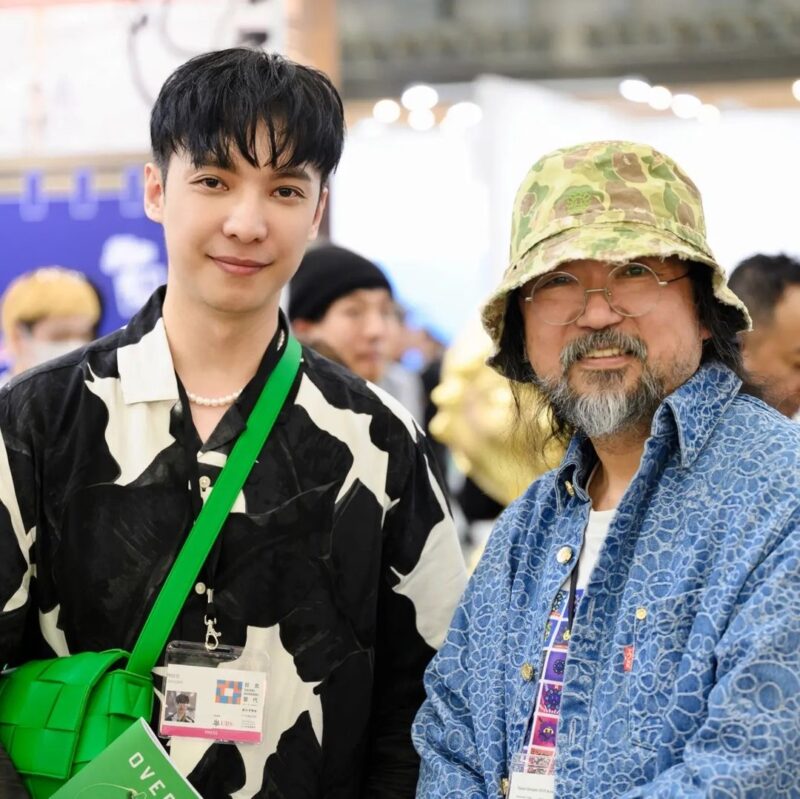
When it comes to social media, SIXTYPERCENT is also an online platform, which means it heavily relies on social media for its outreach. Considering this, does Nana have any particular opinions or thoughts about the role of social media?
Nana: I completely agree with Lin’s perspective on this matter. With 60% having around 400,000 followers in Japan, it’s evident that conquering the Japanese market, especially through social media, is crucial. Many individuals from the younger generations in Japan prioritize platforms like Instagram, TikTok, and Twitter for accessing information rather than traditional websites. Building a strong presence and trust on these social media channels is essential to engage with this audience effectively.
OBERALP’s success in Taiwan serves as a perfect example of how they managed to excel in leveraging social media. Taiwanese consumers are well-aware of the significance of social media in the present day. There are striking similarities between Japan and Taiwan in terms of the generations that rely heavily on social media for information and communication.
What role do you see your magazine playing in the larger media landscape, and how do you differentiate yourself from other magazines in the same space?
Lin: We believe that deeper media platforms possess distinct personalities. As a result, we don’t see ourselves in direct competition with mass media. Our focus is on maintaining our unique identity. For instance, if Nike were to collaborate with us, instead of conventional promotional tactics, they might opt for something more niche
Our personality is akin to that of a cool kid sporting limited edition sneakers, rather than ordinary, mass-produced footwear. We aim to differentiate ourselves and avoid direct comparisons with mainstream mass media, as that is not reflective of our essence.
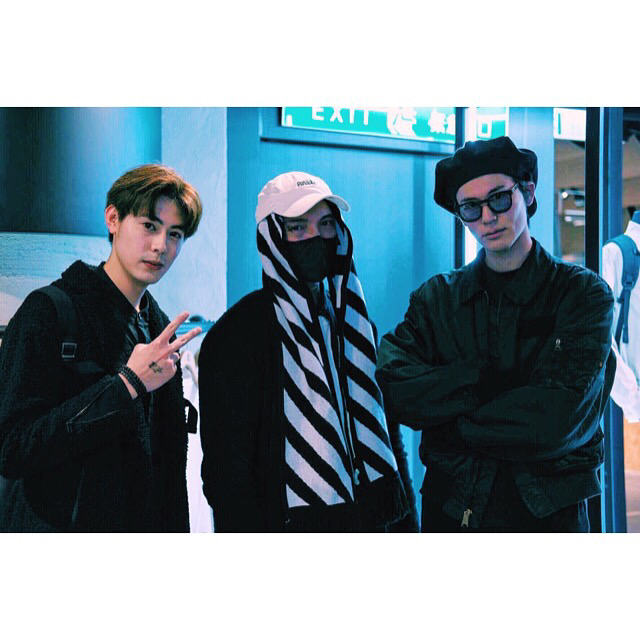
What are some big challenges during the process of building OVERDOPE?
Lin: In Taiwan, the consumer culture differs from that of the US, China, and perhaps Japan or Korea. For example, when a new product or campaign is launched by famous brands like Adidas or Nike, many people here may just follow the hype without really understanding the underlying culture or the stories behind the products. Unlike some readers in the States, Hong Kong, or China, our Taiwanese audience often lacks awareness about the background of the products they purchase. This commercial-driven mentality makes it challenging to educate our readers about the cultural significance behind the items we feature.
Our mission is to change this trend and promote a more informed and culturally aware audience. We strive to educate our readers about the stories behind each product, fostering a deeper appreciation beyond mere consumption of cool stuff. While other media outlets may not prioritize this aspect, we believe it’s crucial to help our audience connect with the products they buy on a more meaningful level. Rather than rushing to follow trends, we want to encourage our readers to take the time to understand themselves and their preferences, making mindful choices that align with their values and interests.
What kind of situation it is in Japan?
Nana: I find it somewhat similar to what happens in other regions. For instance, when people discuss hip-hop or rap, they may listen to popular tracks without truly understanding the genre’s depth. Similarly, in Taiwan, language barriers often prevent people from fully grasping the context and nuances of English-based music. As a result, many might not be familiar with artists like Drake, Kanye West, or Kendrick Lamar and may not have heard some of their lesser-known albums.
I believe this language barrier contributes to a situation where only half of the truth is known. However, it’s essential for us to recognize that Taiwan also has its own emerging brands, although I must admit that I’m not well-versed in all the specific names. These Taiwanese brands are gaining attention not only from the domestic audience but also from the fashion industry in Japan and beyond.
Lin: I think in the era of social media, many companies and brands gain significant attention. Before the social media era, it was hard to predict which brands would become successful. However, in the current social media era, it has become easier to identify potentially successful brands. Platforms like Twitter attract considerable attention, and from the engagement they receive, one can discern their potential success. Collaborations with other popular brands also play a decisive role in a brand’s trajectory. If a brand is already popular, it becomes easier for different brands to want to collaborate with them. This facilitates the process and makes things more manageable. As a result, many celebrities or influencers have started to establish their own brands, which I believe is a positive sign of the times.
In the age of social media, it’s fascinating to see how it has empowered individuals to discover their uniqueness. Many influencers and ordinary people alike have found that by showcasing their creativity, they can create captivating content that garners attention and leads to fame.
What are some of the most exciting trends and developments you’re currently seeing in the Taiwan fashion market that you’d like to share with our readers?
Lin: I think in Taiwan, there are fewer celebrities being introduced right now. A lot of influencers, if they are famous and can act or sing, will become celebrities instantly. I am currently in the music industry environment, and it seems like the labels don’t have the budget to train singers. As for Japan, I’m not quite sure about the situation there. So, they tend to find someone who’s already famous, but has the potential to be a singer or actor, and then they turn them into celebrities. I think that’s the current environment in Taiwan.
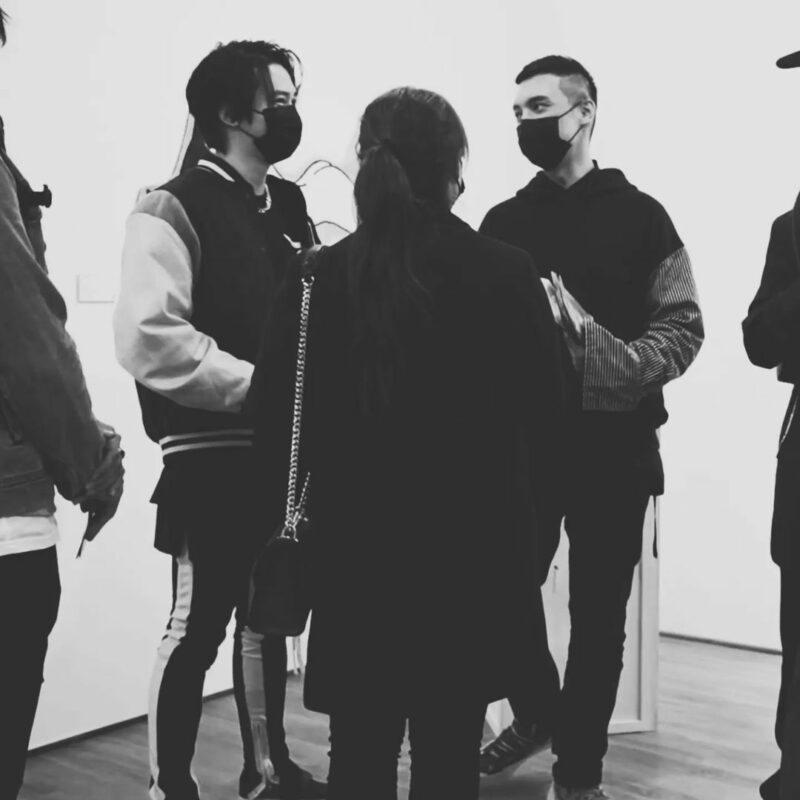
What advice would you give to aspiring fashion journalists about how they can differentiate themselves in this competitive space?
Lin: I believe that every fashion journalist needs to have the mindset of putting themselves out there. It’s not just about unboxing or conducting interviews at shows; you have to establish your presence and make a name for yourself. Merely sticking to typical editorial jobs won’t get you far. If you’re always sitting behind a desk, it’s unlikely to lead to significant progress. You need to be more proactive and assertive in what you do, starting real soon. Building your character, making connections, and developing your own platform or page can be essential. Collaborating with other brands can also open up opportunities for growth.
You have to establish your presence and make a name for yourself.



